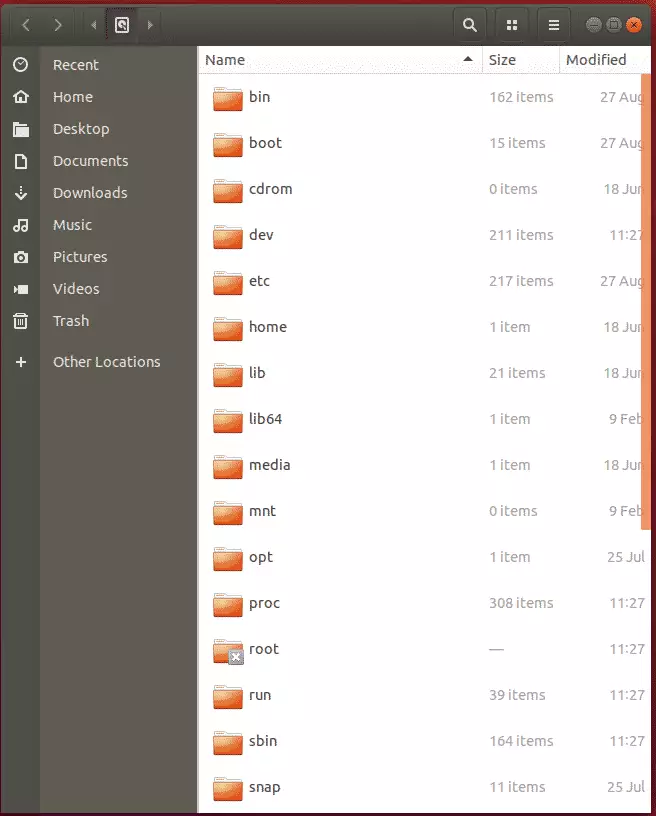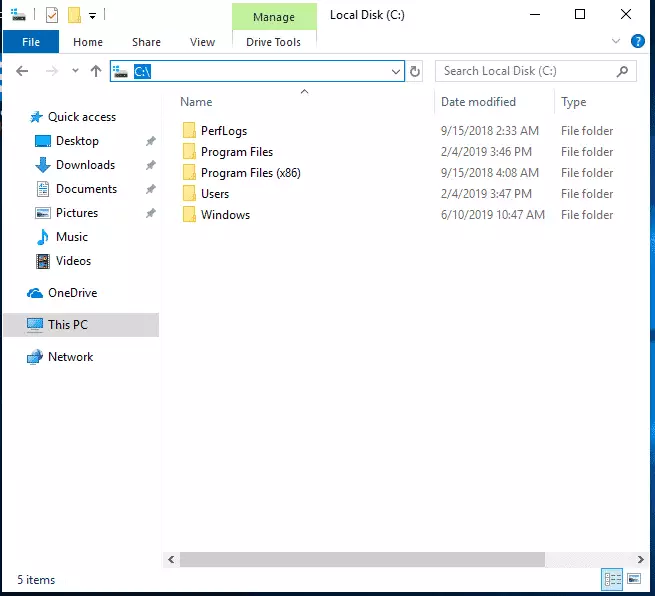This brief tutorial briefly introduces Linux filesystems for new users and students unfamiliar with Linux.
If you’re a student or new user looking for a Linux system to start learning on, the most accessible place to start is Ubuntu Linux OS. It’s a great Linux operating system for Linux beginners.
Ubuntu is an open-source Linux operating system that runs on desktops, laptops, servers, and other devices.
Students and new users will find that Linux isn’t so different from Windows in many ways, especially regarding its filesystem layout.
Linux and Windows have a hierarchical filesystem layout, meaning there is a single “root” directory, and all other directories branch off the root directory.
Windows directories are designated with letters, such as C: or D: and Linux root directory is designated as /
Linux systems have several directories under their ( / ) directory. Windows, on the other hand, have few because Windows keeps everything under the:
- C:/Program Files
- C:/Program Files (x86)
- C:/Users
- C:/Windows
Windows keeps applications in C:/Program Files or the C:/Program Files (x86) directory.
Individual user profiles are kept in the C:/Users directory.
On the other hand, Linux keeps its applications mostly under the /usr directory, and individual user profiles are kept under the /home directory.
Linux /home directory corresponds to the Windows C:/Users directory. These are the default user profile directories where all user’s content is stored by default on both systems.
When writing a directory path under a Linux system, you should always begin with the root ( / ) directory. Similarly, Windows should start with its root ( C:\ ).
Below is a table of Linux filesystem directories:
| Directory | Purpose |
|---|---|
| /usr/bin | /bin directory contains the essential user binaries (programs) |
| /boot | /boot directory contains the files needed to boot the system |
| /dev | The directory containing configuration files. |
| /etc | /mnt directory is where system administrators mount temporary file systems while using them. |
| /home | /home directory contains a home folder for each user. |
| /usr/lib | /lib directory contains libraries needed by the essential binaries in the /bin and /bin folders. |
| /usr/lib64 | The directory contains 64-bit system libraries. |
| /media | /media directory contains subdirectories where removable devices are automounted. |
| /mnt | The directory containing system binaries. |
| /opt | /opt directory contains subdirectories for optional software packages. |
| /proc | The directory contains a system to process information. |
| /root | The root user’s home directory. |
| /run | A runtime scratch directory (RAM-based). |
| /usr/sbin | The directory containing service data. |
| /srv | The directory containing devices, kernel modules, filesystems, and other kernel component info. |
| /sys | The directory containing temporary files. |
| /tmp | The directory containing user programs. |
| /usr | The directory containing variable files, such as logs and temporary files. |
| /var | Directory containing variable files, such as logs and temporary files. |
As you can see, Linux has many more directories branching off its root directory.
Windows stores configuration files in many locations, most under the C:\Windows directory and many other sub-directories like C:\Windows\system, C:\Windows\system32, and others.
Linux uses the /etc/ directory to keep configurations settings and others
Below is an image of both Windows and Linux filesystem layout
Linux (Ubuntu )

Windows 10 Filesystem

That’s it!
There is more to this topic, but our goal was to provide an introduction to both filesystems and the layout of their directories.

Leave a Reply